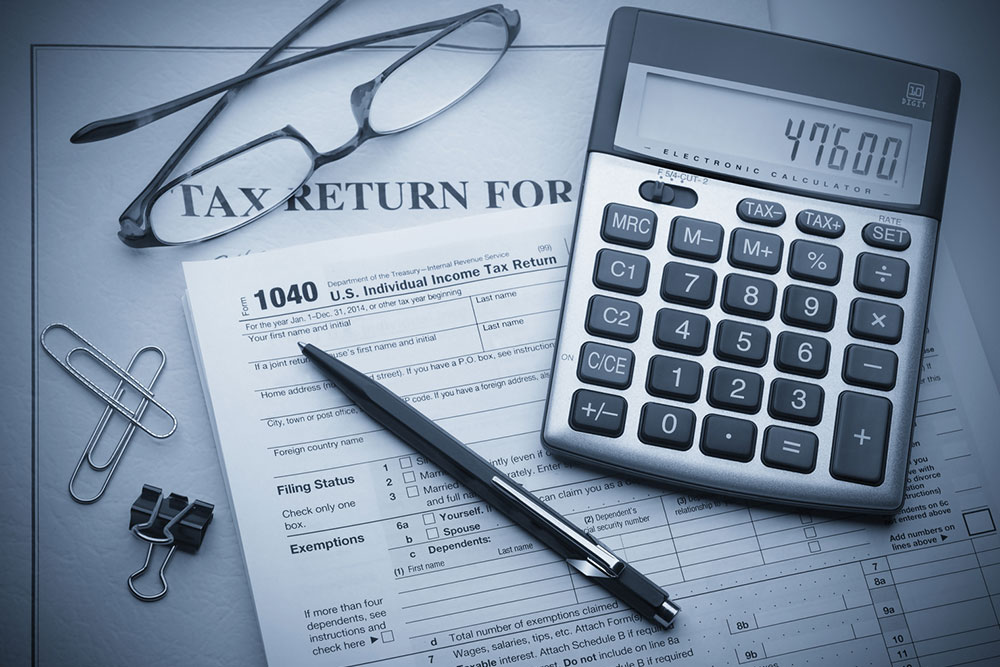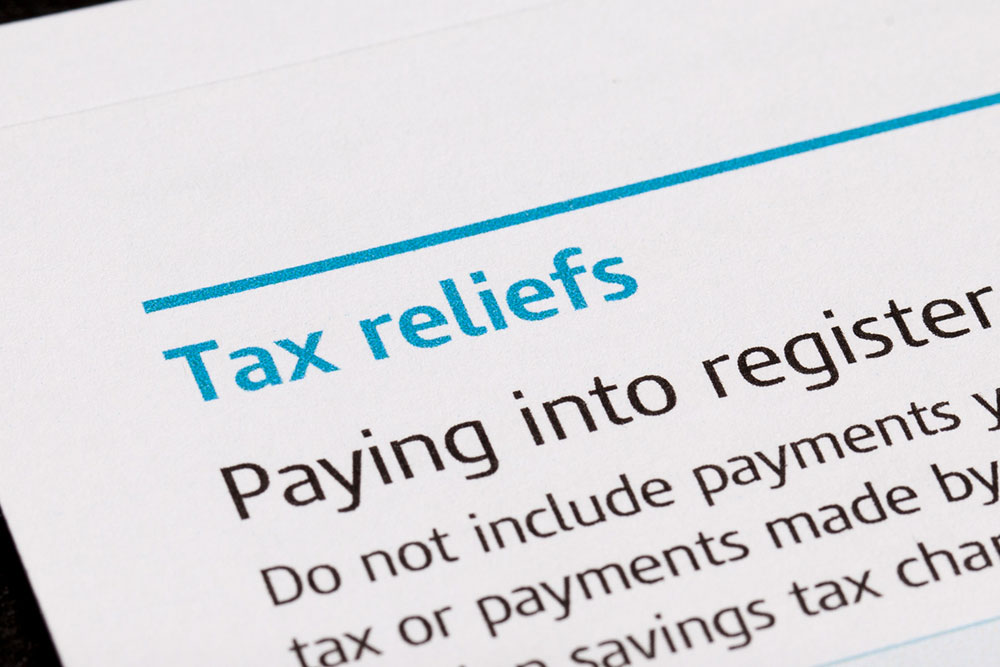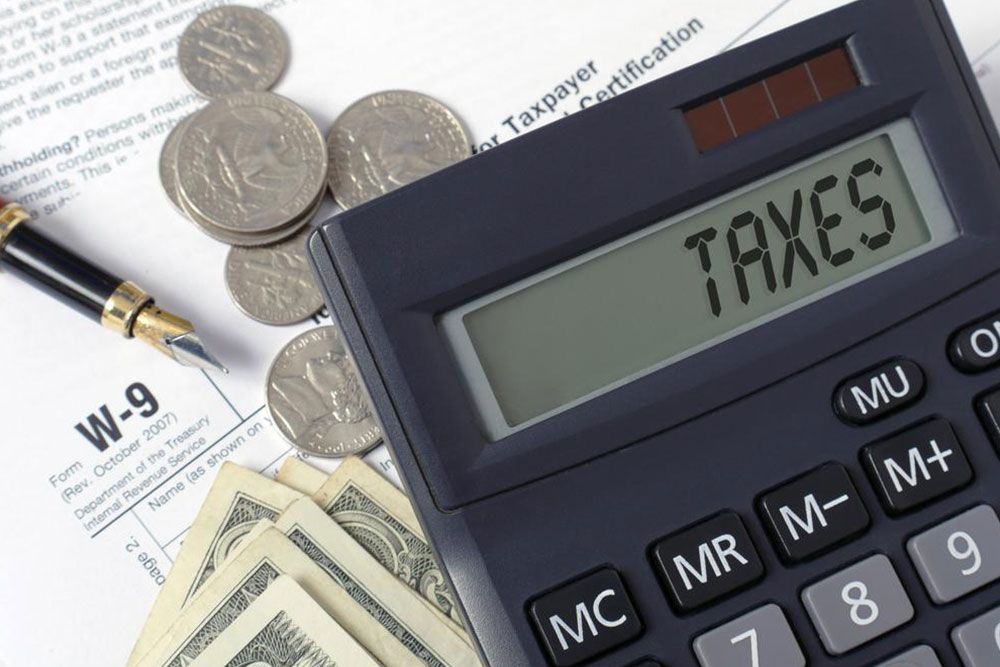Comprehensive Guide to IRS Refund Timing: When Can You Expect Yours?
This detailed guide explains the expected timing of IRS refunds, highlighting factors that influence processing times such as filing methods and claimed credits. It offers practical tips for tracking your refund and planning your finances during tax season, emphasizing recent regulatory changes that can cause delays. By understanding these elements, taxpayers can better anticipate when their refunds will arrive and avoid unnecessary stress. The article covers the typical timeline, how to monitor your refund, and strategies to ensure faster processing, making tax season less complicated.

Understanding the Timeline for Your IRS Tax Refund
After submitting your tax return, many taxpayers eagerly await their refund, but understanding exactly when the IRS will send your money can be confusing. While the IRS strives to process refunds promptly, various factors influence the timing, including the method of filing, the credits claimed, and recent regulatory changes. Typically, taxpayers receive their refunds within a few weeks, but specific circumstances, such as claiming certain credits, can cause delays. This comprehensive guide aims to clarify the timing process and offer tips to help you anticipate when your refund might arrive.
How the IRS Processes Refunds
The Internal Revenue Service (IRS) prioritizes providing timely refunds to taxpayers, aiming to process most within approximately three weeks of receiving a complete and accurately filed return. Once your return is processed, the IRS releases refunds either through direct deposit or check mail, depending on your chosen method. However, recent federal regulations have extended certain hold periods, especially for returns claiming specific credits, which are now subject to additional review and withholding until at least February 15. This change impacts the typical timeline for many filers.
Key Factors Influencing Refund Arrival Dates
Filing Method: E-filing combined with direct deposit results in the fastest refunds, often within two weeks. Conversely, paper returns tend to take longer to process, often several weeks or even months in some cases.
Claimed Credits: Returns claiming credits such as the Earned Income Tax Credit (EITC) or Child Tax Credit (CTC) are subject to processing delays. The IRS has implemented rules that hold refunds for these claims until at least mid-February to prevent fraud and error, leading to longer wait times.
Timing of Submission: Early filers, submitting in January, typically see refunds arrive sooner. Late filers or those waiting until the final deadline in April may experience delays dependent on processing capacity.
Additional Verification: If your return requires further review or if there are discrepancies, it can delay refunds beyond the standard processing time.
Estimated Refund Timeline for 2024
While there was once a predictable schedule for refund dates, recent changes mean that estimates now depend more heavily on processing times and current government regulations. As a general guideline, if you file electronically on January 23, your refund via direct deposit could arrive as early as February 2. If you opt for a paper check, expect it around February 12 or later, depending on the postal service.
It's essential to understand that these dates are estimates, and various factors—like increased security measures or high filing volumes—can extend the timeline. If you claimed credits like the EITC or CTC, delays are likely. The IRS’s rules to prevent fraud have resulted in a mandatory hold on these refunds until at least February 15, so plan accordingly.
Tips to Track Your Refund and Prepare
Use the Refund Tracker: The IRS provides an online tool called the 'Where's My Refund?' portal, available on their official website and mobile app. This tool provides real-time updates on the status of your refund, including processing and deposit dates.
Keep Your Information Handy: When checking your refund status, have your Social Security number, filing status, and exact refund amount ready for quick access.
Plan Your Finances: Understand the potential delays, especially if you claim credits that trigger holds. Avoid planning significant expenses around expected refund arrival dates unless you’ve confirmed their processing.
Consider Electronic Filing and Direct Deposit: These methods significantly reduce wait times and the chances of processing errors, allowing for quicker access to your funds.
In conclusion, while the IRS aims to process refunds promptly, recent regulations regarding certain credits may introduce delays. Filing early, choosing electronic methods, and monitoring your refund status through official IRS tools can help you better anticipate when your money will arrive. Stay informed about regulations and processing times to manage your expectations effectively, ensuring a smoother and less stressful tax season.





